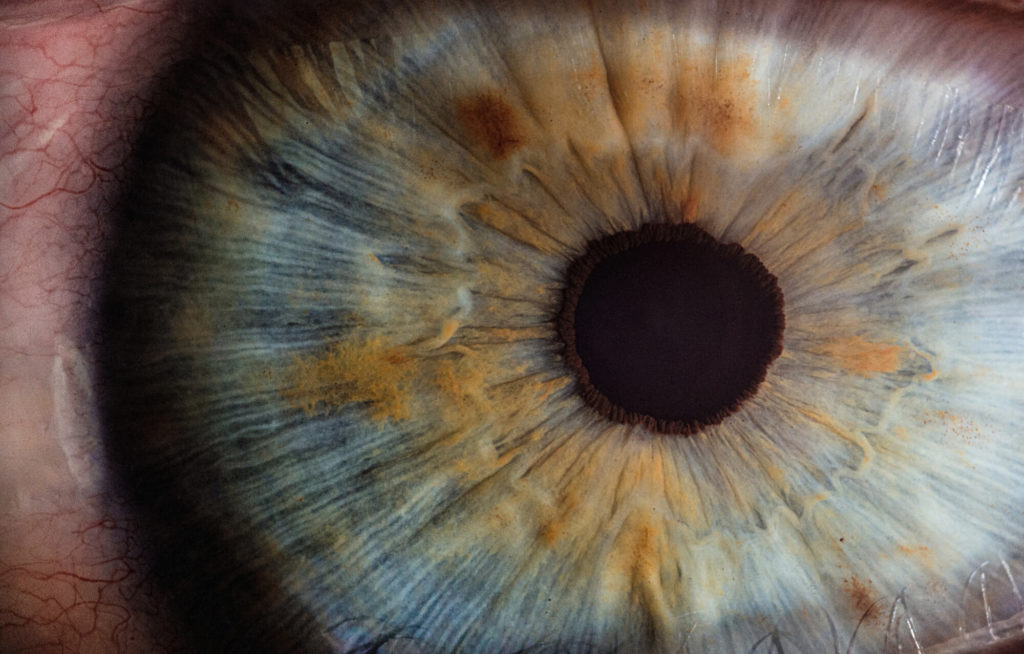Diabetic retinopathy is a major cause of emulsified eyesight among diabetic patients and indicates the onset of blindness among aged adults. Diabetic retinopathy also results in DME, a condition where a part of the retina known as macula starts to swell. Diabetes mellitus (DM) is a great medical concern worldwide.
First Signs of Diabetic Retinopathy
In the initial stages of diabetic retinopathy patients usually do not face any symptoms, but later or in more advanced stages of the condition, these patients go through symptoms such as deformation of the retina, its curvature, and cloudy/unclear vision. The earliest symptom of diabetic retinopathy is microaneurysms.
Place and Causes
The presence of diabetes is higher in developed countries. The analysis shows that variations in diet plans, which includes excessive fat consumptions, can be a cause. Due to advances in technology, adults in such countries tend to have desk-bound jobs, which reduces physical activities. This results in increased fatty deposits and cholesterol levels.
Four Stages of Diabetic Retinopathy
The four stages of diabetic retinopathy are as follows:
Mild Nonproliferative
The small blood vessels in the retina swell in a spherical shape.
Moderate Nonproliferative Retinopathy
The blood vessels in the retina are severely blocked.
Severe Nonproliferative Retinopathy
Severe nonproliferative retinopathy would cause the retina to grow new blood vessels as the present ones often get blocked, causing part of the retina to face a shortage of blood flow that it requires to function properly.
Proliferative Retinopathy
Proliferative retinopathy is the last stage; during this stage, there is a growth of blood vessels in the retina. These blood vessels are brittle and non-functional due to which the vessels can discharge blood, which automatically leads to unclear vision and, in some cases, blindness.
Diagnosis for Diabetic Retinopathy
The diagnosis for diabetic retinopathy is performed by a full-scale enlarged eye exam. To conduct this exam eye drops are administered that cause the pupil to increase in size.
This expansion is size helps the doctor investigate the pupil thoroughly. These drops will blur your far-sight vision, but the effect will wear off in a couple of hours.
There are numerous things that a doctor would concentrate on during the eye exam. Firstly, they will examine if there is any growth of abnormal or non-functional blood vessels. Secondly, they will determine if the retina is inflamed, or has any blood or fatty deposits.
Thirdly, whether there is any extension in scar tissue or new blood vessel. Fourthly, they will determine whether the optic nerve is functional. Lastly, they will look for any detachment in the retina.
Treatment
If you are going through a mild or moderate diabetic retinopathy, then managing your glucose levels by controlling sugar intake in your diet can prevent you from further damage. Furthermore, if you are going through proliferative diabetic retinopathy or macular edema, you might need to consider surgical treatment.
There are several surgical treatments that can be considered. Firstly, laser treatment i.e. Photocoagulation. This treatment is also called focal laser treatment. Secondly, scatter laser treatment; this would shrink all the nonfunctional blood vessels in the retina. Thirdly, you can opt for vitrectomy; during this treatment, blood is removed through a minor incision in the middle of the eye.
Bottom Line
The best way to prevent vision loss is to treat and manage diabetes as effectively as possible to keep glucose levels normal. If you have already had problems with your vision, consult your doctor for low-vision products, such as specialty sunglasses, talking watches, and magnifiers to make your life easier.




